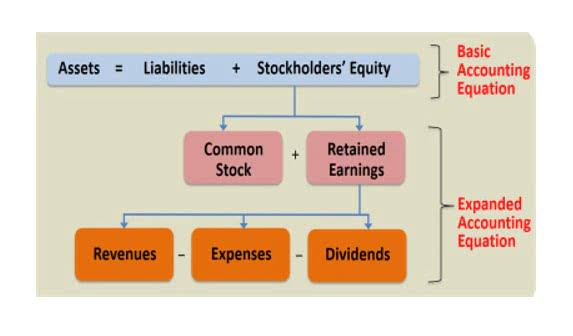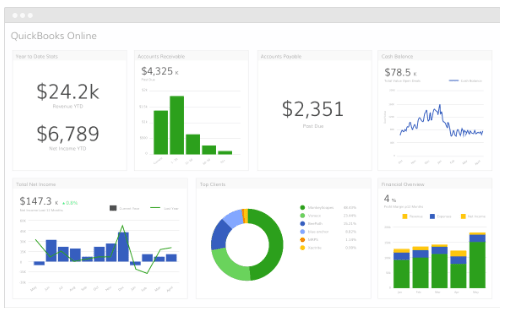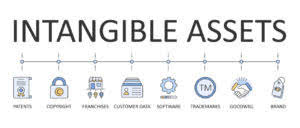To Make Zero-Based Budgeting Work, Change Behavior
Deloitte refers to one or more of Deloitte Touche Tohmatsu Limited, a UK private company limited by guarantee (“DTTL”), its network of member firms, and their related entities. DTTL and each of its member firms are legally separate and independent entities. DTTL (also referred to as “Deloitte Global”) does not provide services to clients. In the United States, Deloitte refers to one or more of the US member firms of DTTL, their related entities that operate using the “Deloitte” name in the United States and their respective affiliates. Certain services may not be available to attest clients under the rules and regulations of public accounting. You could imagine that a smaller company, like a business in a private-equity portfolio, might follow a similar approach, albeit at a more limited scale—eight weeks, maybe, instead of eight months.
Other useful tools include a marketing-mix tool to help optimize media spending and a quick-quoting tool to use in small-scale market research projects. There are trillions of dollars of opportunity going unrealized in businesses and other organizations today. https://accounting-services.net/ (ZBA) is the approach that brings all of this opportunity to light. By making opportunity visible, leaders throughout organizations can begin to realize their untapped potential.
Zero-based budgeting is therefore not only aimed at increasing turnover, but also at optimising costs, because it allows inefficiencies and planning mistakes from previous years to be corrected. In zero-based budgeting, it is always necessary to justify why one is using which resources for a particular https://quickbooks-payroll.org/ purpose. The advantage of this is that you can re-evaluate each area of the company during planning and possibly shift priorities – if necessary. While ranking the decision packages, management also ensures that the costing in each decision package is accurate, naturalistic, and free from error.
- It is, however, a time-consuming process that takes much longer than traditional, cost-based budgeting.
- Automation, consolidation, standardization, renegotiation, reskilling and other levers free resources to orchestrate the ecosystem for growth.
- This means that you start at 0 and do not use the previous year’s values as a basis, as is the case with classical budget planning.
- The quest for a holy grail of global energy supply remains elusive, but much research continues to be cultivated and curated according to preferences and assumptions about a desired outcome.
Start with a free account to explore 20+ always-free courses and hundreds of finance templates and cheat sheets. Deloitte refers to one or more of Deloitte Touche Tohmatsu Limited (“DTTL”), its global network of member firms, and their related entities (collectively, the “Deloitte organization”). DTTL (also referred to as “Deloitte Global”) and each of its member firms and related entities are legally separate and independent entities, which cannot obligate or bind each other in respect of third parties. DTTL and each DTTL member firm and related entity is liable only for its own acts and omissions, and not those of each other. Callaghan, Shaun; Hawke, K; Mignerey, C. Five myths (and realities) about Zero-based budgeting, October 2014.
Step 2 of 3
Zero-based budgeting (ZBB) is a method of budgeting in which all expenses must be justified for each new period. The process of zero-based budgeting starts from a “zero base,” and every function within an organization is analyzed for its needs and costs. The budgets are then built around what is needed for the upcoming period, regardless of whether each budget is higher or lower than the previous one.
In Brazil, where ZBB first rose to prominence, declining usage seems to be driven by implementation challenges. The good news for zero-based budgeting users is they appear to be moderately more successful at meeting their cost targets. Sixty-three percent of respondents, globally, who did not conduct ZBB did not meet their cost targets, while the same is true for 58 percent of those that did use ZBB.
Departments can have difficulties justifying their budgets, due to uncertainties of market fluctuations. Managers have to spend more time on budgets that they would otherwise use for other duties. Zero-based budgeting (ZBB) is a budgeting method that requires all expenses to be justified and approved in each new budget period, typically each year. This budgeting method analyzes an organization’s needs and costs by starting from a “zero base” (meaning no funding allocation) at the beginning of every period. The intended outcome is to access the efficient use of resources by determining if services can be provided at a lower cost. However, the saving comes at the expense of a complete restructuring every budget cycle.
The Steps of Zero-Based Budgeting
All alternate options must be evaluated to select the best cost-effective option while conducting a cost-effective analysis. An isolated activity that does not overlap with other activities is termed independent. Zero-based budgeting is an approach used by the company’s management to prepare a budget by taking the base as zero. With growing interest rates, business managers need allocate expenses towards long-term growth investments.
Author Services
Compromises must then be found so that each department is satisfied with its budget. Unlike other techniques that are used for the formulation of the budget, this technique does not use the previous year as a base year. With margins under pressure, this approach can reduce costs as much as 25% and ensure they don’t creep back. Option 3 would be to take the surplus of net income at the end of the year ($60,069) and apply it to the principal balance of the note.
Are Existing Budget Procedures So Bad?
One major retailer with more than 1,000 locations, 100,000 employees, and $15 billion in annual revenues sought to support its organizational transformation by starting from a clean sheet. It followed a zero-based organization approach in an effort to reduce costs and increase organizational agility. As a pilot, it sought to develop new operating models in its HR and marketing functions, with the goal of building the capabilities to support an enterprise-wide rollout.
Would you prefer to work with a financial professional remotely or in-person?
Budget planning for the current/next year is usually based on budgets from previous years. In fact, traditional budgeting begins with the previous year’s budget and usually implements incremental percentage increases or decreases to meet new goals. Two notable reforms to the ZBB process include having departments submit budget requests and the use of sunset legislation.
If the business is cash intensive, then management might be inclined to keep a larger cash balance. If the business is not cash-intensive, then they might be inclined to pay the loan off early and use the https://intuit-payroll.org/ interest savings in the following year to expand or hire additional help. Now that management understands the impact of each option, they can choose which option makes the most sense for the business.
What does the acronym ZBB stand for?
A detailed description of how each cost center would use the allocated funds and how this would benefit the organization is determined under this budgeting technique. Zero-based budgeting is a controlling cost technique however the significant thing here is to note that the steps involved in implementing zero-based budgeting are followed in a proper and advisable manner. This example can better understand zero-based budgeting; let’s suppose a company makes construction equipment and wants to implement this budgeting approach.





